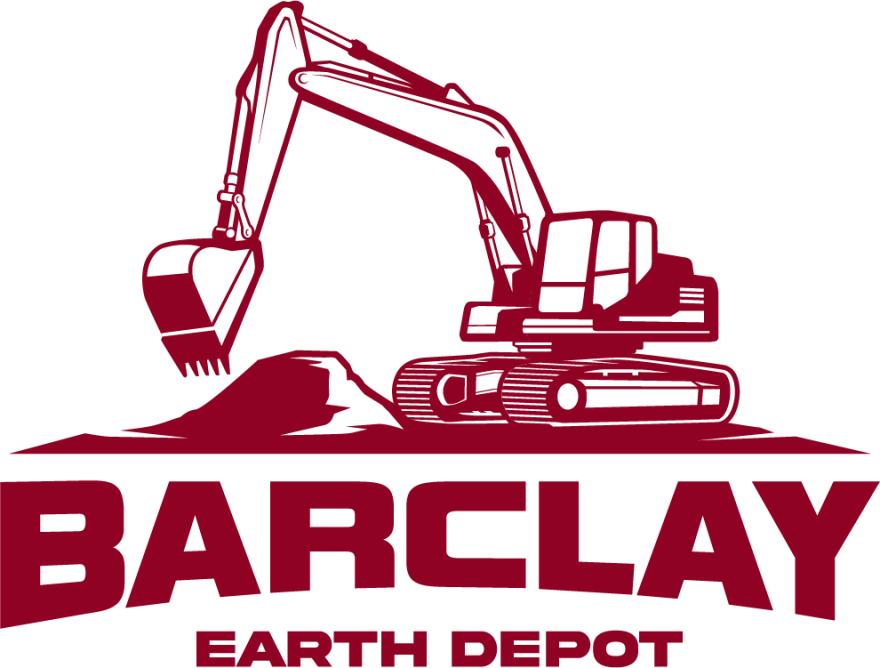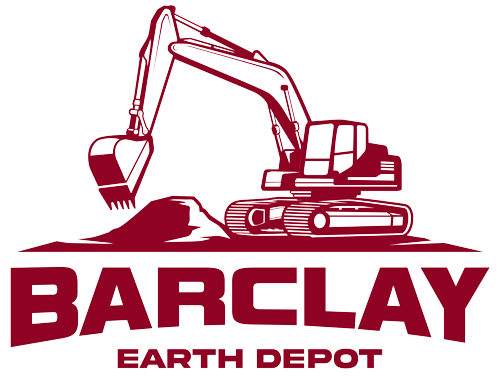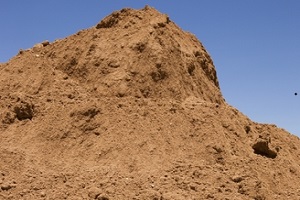 Clean fill is a valuable resource for construction and development projects and is made of soil, gravel or rock that is free of contaminants and meets specific cleanliness standards. It is a material that is used specifically because of its environmental sustainability and lack of any hazardous materials.
Clean fill is a valuable resource for construction and development projects and is made of soil, gravel or rock that is free of contaminants and meets specific cleanliness standards. It is a material that is used specifically because of its environmental sustainability and lack of any hazardous materials.
If you are using fill in your construction project, it is important to determine if the material is properly analyzed as clean fill before using it. The use of unclean fill can result in long-lasting environmental damage. Using a clean fill is vital to ensure that you are not bringing in harmful chemicals and/or material that will negatively affect the biome of the surrounding area.
What Makes Fill “Clean”?
Determining if a material qualifies as clean fill can be tricky. There are a few things to consider including the type of material, its source and how it will be used.
To determine if a material is clean fill, it should be inspected for contaminants which can include chemicals, metals, oils and other pollutants. If you find any contaminants, the material is not clean fill and should not be used in projects that have this requirement.
The most important element of analyzing clean fill is to perform the proper due diligence. This process requires checking the course of the clean fill in order to determine if the clean fill was exposed to any type of hazardous materials during its collection. If you find that the clean fill was exposed to potentially environmentally dangerous materials, then a test will need to be conducted in order to verify that none of these substances are still present in the fill.
A visual inspection will also help determine if the fill is possibly contaminated. In this process, you should look for any free liquids as well as any strong odors that could disturb the area.
The simplest way to determine if a material is clean fill is to work with a reputable supplier and ask about the confirmation process. They should be able to tell you if the material contains any hazardous materials or not. If you are unsure, you can still have the material inspected and tested for hazardous materials.
How Do You Manage Clean Fill?
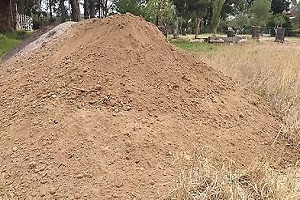 Clean fill needs to remain clean and free of contaminants throughout its life cycle. It is important to manage clean fill properly to avoid contaminating the environment and ensure it can be used in projects that require contaminant-free fill. Managing established clean fill can be easy if you follow some simple guidelines. Here are a few things you can do to manage clean fill:
Clean fill needs to remain clean and free of contaminants throughout its life cycle. It is important to manage clean fill properly to avoid contaminating the environment and ensure it can be used in projects that require contaminant-free fill. Managing established clean fill can be easy if you follow some simple guidelines. Here are a few things you can do to manage clean fill:
- Make sure the fill material is clean before you deposit it. This can be done by checking with the supplier and performing an analysis of the materials.
- Deposit the material in a designated area. Keep the material in a planned area that is free from exposure to contaminants.
- Cover the material with a clean tarp or sheeting to prevent contamination. Contaminants can ruin the quality of clean fill if it is not properly covered and secured.
- Make sure that the clean fill is inaccessible to wildlife. Exposure to animals can cause the fill to become contaminated.
Benefits Of Using Clean Fill
Clean fill is a valuable resource for many types of construction and landscaping projects. When used correctly, clean fill can help save time and money while reducing the environmental impact of your project.
The main benefits of using clean fill in your projects include:
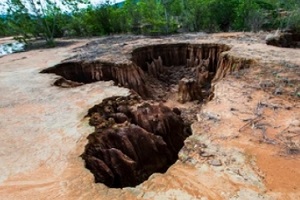
- Reduced erosion and sedimentation. Clean fill can help stabilize soil and reduce the amount of sediment that is washed away by rain or wind. This can help protect waterways and reduce the need for expensive and time-consuming sediment control measures.
- Reduced flooding. Clean fill can help raise the ground level and increase drainage, which can help reduce the risk of flooding.
- Easier grading and paving. Having a layer of clean fill can make it easier to grade and pave a site, which can save valuable time and money.
- Fewer materials needed. In some cases, clean fill can be used as a substitute for other materials, such as gravel or topsoil. This can save money and reduce the environmental impact of transporting potentially contaminated materials to the construction site.
Using clean fill is not always possible or appropriate, but when it is an available option, it can provide many benefits to construction and landscaping projects.
Minimizing Environmental Impact With Clean Fill
Clean fill is a valuable resource for many construction and landscaping projects. By understanding what clean fill is, how to determine if a material is clean fill and how to properly manage it, you can make the most of this resource for your unique needs. For more information, contact our team of construction supply experts at Barclay Earth Depot today at 941-933-4448.
